Have you ever been so frustrated because you couldn’t find a paper you needed? Or have you felt so overwhelmed by the papers you have that you don’t even know where to start? Here’s how to simplify and organize paperwork in your home.
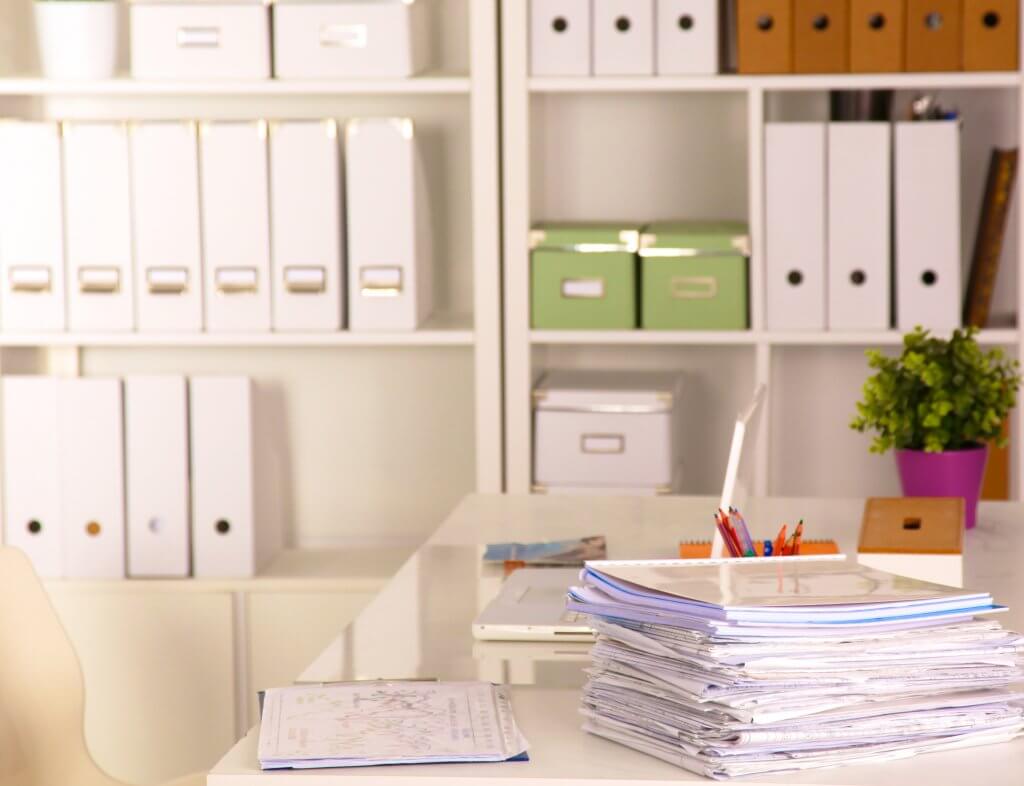
How to Simplify and Organize Paperwork
Disclosure: As an Amazon Associate I earn from qualifying purchases. Please note that I only recommend products I use and love. Click here to read my full disclosure policy.
I often hear from people that paperwork is their biggest challenge in trying to simplify and declutter their homes. Let’s walk through some practical steps you can take if you’re overwhelmed by the papers in your house.
1. Prioritize
The first step is to prioritize decluttering and organizing your papers. Working on paperwork is definitely not the most fun part of decluttering. It takes a concerted effort. Because paper is smaller you don’t necessarily feel the same immediate results from decluttering it.
The process can be tedious and take quite a bit of time particularly if you’ve been avoiding it for some time. Decide now to make it a priority.
Schedule time to work on it even if small increments of time. Dedicate yourself to the task and imagine how much better you will feel when the burden of paperwork clutter is gone.
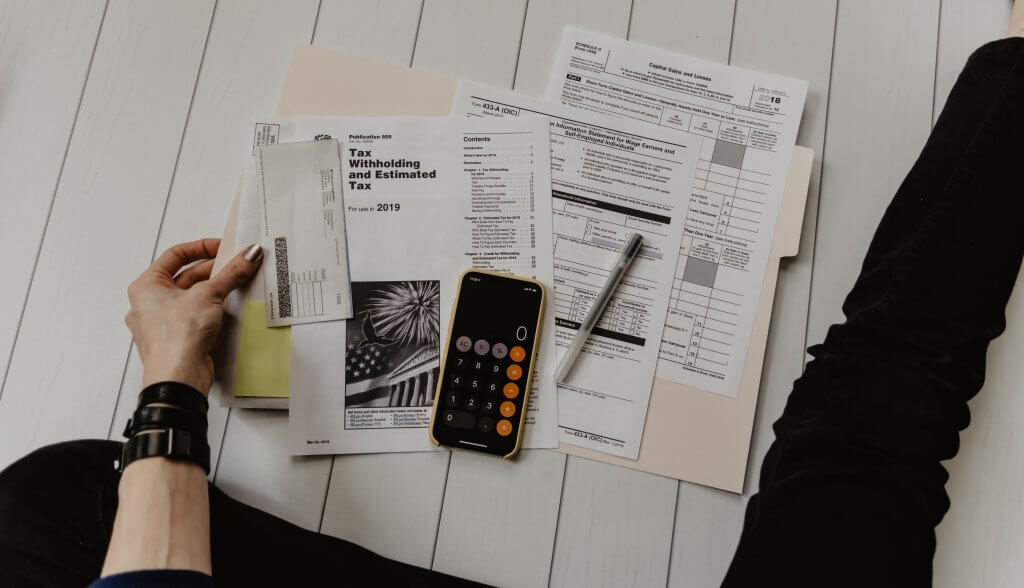
2. Sort
Before you begin sorting, scope your paperwork project by the time you have available. Don’t take all the files out of your filing cabinet at once. Work in smaller sections at a time so that it’s not so overwhelming or chaotic.
Next, make sure that you are working in a space where you have enough room to sort the papers into separate piles. As you go through the papers sort them into the following stacks:
- Needs action
- Recycle
- Shred
- File
- Sentimental (if applicable)
Needs action means you need to do something with that paper whether it be to pay a bill, contact someone, etc. Recycle any unneeded papers without identifying information on them. Shred the papers with that information on them.
For filing, you will want to contact your CPA for guidelines on what files you need to keep for your records and for what length of time. Having a clear sense of what you need to keep and what can be gotten rid of is essential.
For papers outside of your CPA’s recommendations, be ruthless in recycling and shredding them. Be realistic about whether or not you’d ever refer to or need them for anything. If you’d forgotten you’d even had them, you can let them go.
Sentimental papers
If you tend to be sentimental, this is not the time to reminisce over the papers you are coming across. To simplify and organize the paperwork in your home, focus on making decisions quickly.
When you come across something that isn’t easy to make a decision on, put it in a pile to deal with after you’ve gone through the bulk of your papers. Decluttering forces you to make decisions and they get easier the more practice you have.
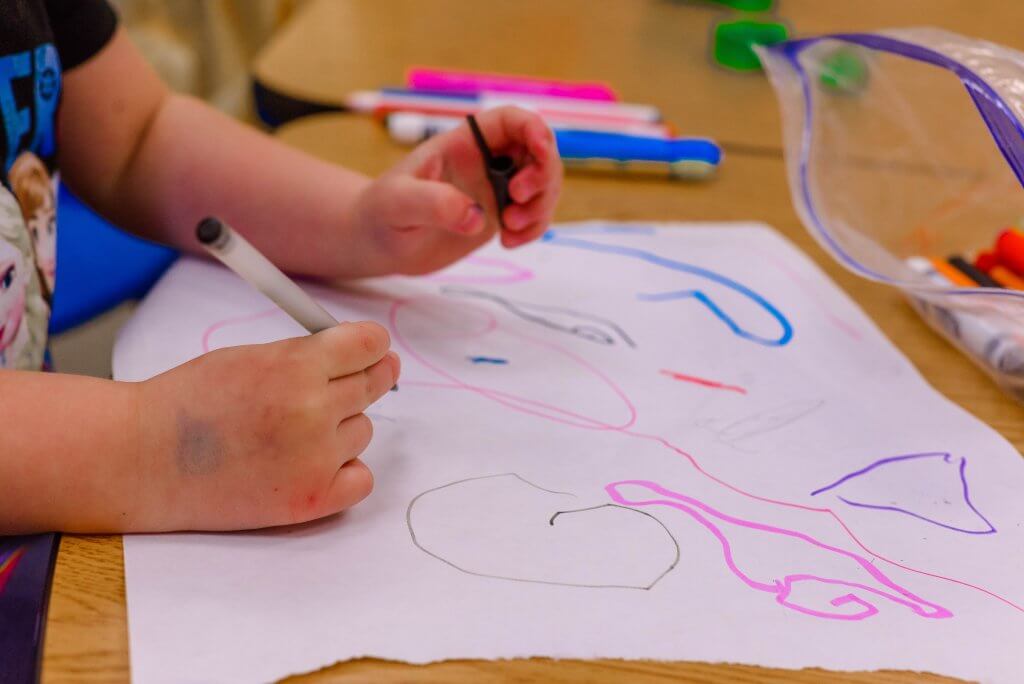
Kids artwork
One question I hear a lot is what to do with kids’ artwork. There are various approaches to this. I had my kids pick out decorative boxes that they get to keep their most special papers in.
Other people love taking pictures of artwork and then creating memory books out of them using sites like Snapfish or Shutterfly. Personally, I would find many of these books to be additional clutter, but again what is clutter to one is not clutter to another so if that works for you, great.
3. Create a system
Don’t overcomplicate this. You want to create a sustainable organizational system for your papers like you would for other areas of your home.
Consider what makes the most sense to you. How would you easily find that paper? Create a system that you can maintain and that’s logical. To simplify and organize paperwork in your home, you need a clear system for where papers go.
I immediately sort our paper and have a small box where I put bills waiting to be paid. Items that need to be recycled are immediately put in that bin and shredded items sit in a shallow box waiting to be shredded.
Papers I know we need to keep are kept in a folder initially, but I make sure to empty it out regularly into our larger filing system. Our system may be larger than others because it’s very important to someone in our house to keep paper copies on hand.
To file our papers, I use a tall filing cabinet and hanging files with categorized file folders inside. I write on the file folder what type of papers go there and the year. Each year I use a different ink color to make it easily identifiable too. If you have fewer files these carriers are great too.
For important documents having a waterproof and fireproof container in case of emergency can help you have peace of mind.
Your system doesn’t have to be exactly like anyone else’s. What you want is to create something that works for you and your household. Mail sorters can be helpful, but you need to maintain it or it attracts clutter.
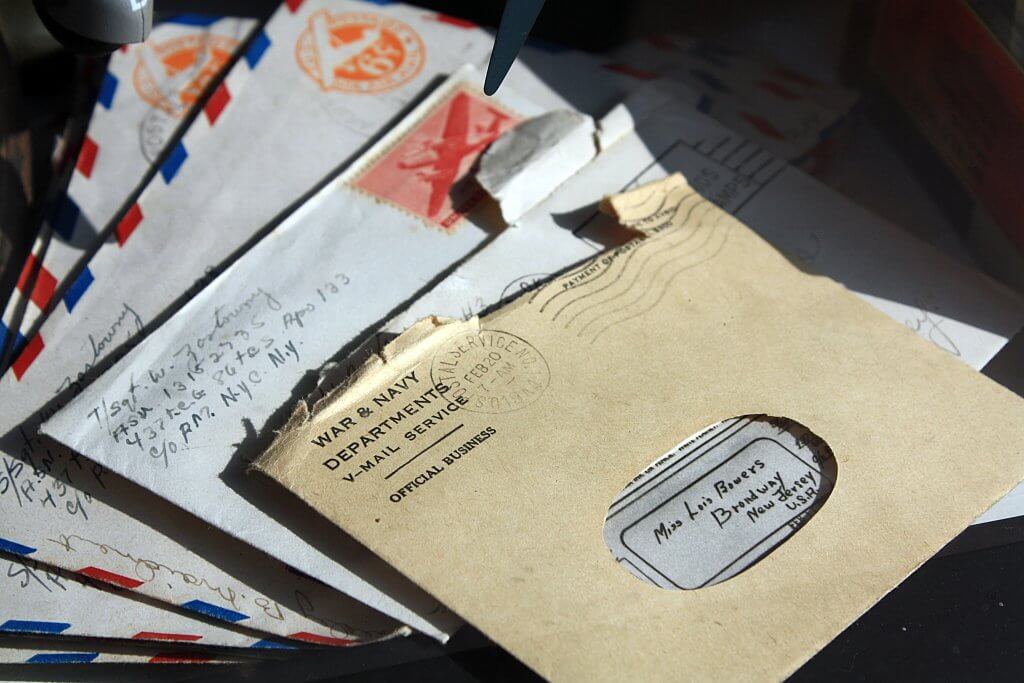
4. Start new habits
A large part of maintaining your new system is starting new habits and letting go of old habits. Practice the one minute rule with papers. If you can put it where it needs to go in under a minute, do it immediately.
To simplify and organize paperwork it needs to become part of your regular routines.
Procrastination fuels clutter. This happens with paperwork often because papers are small and initially it may not seem like a big deal to keep setting it aside. But those papers end up in stacks and those stacks can become paralyzing.
Create a system that makes it easy, and sort papers right away and you’ll be successful in keeping paper clutter at bay. Family members are more likely to get on board with where papers need to go when they can easily understand it (although, that doesn’t mean it won’t take some reminding).
Create your daily, weekly, monthly and yearly habits with paperwork to stay on top of it and prevent clutter from piling up.
5. Routinely re-evaluate
As you’ve set up these systems and habits make sure to be routinely re-evaluating whether or not it’s working for your home. You can create a process with the best of intentions but it may just not work for you.
That’s ok. Continue working to find what is a workable solution for your home. Generally simpler and easier is best in order for it to be sustainable.

Stop the inflow
As I mentioned earlier, it’s very important to one member of my household to have paper copies on hand so going totally digital wasn’t an option for us. That said, opting out of paper statements and storing your files electronically is great as long as you don’t end up with a digital clutter mess.
If you decide to go the digital route, you’ll want a paper scanner that can quickly save your existing documents. We have a similar model to this one that we use for saving some of our files. You definitely want the auto-feed feature for the time and headache it will save you.
If you want to cut down on the junk mail that is being sent to your home, you can fill out a form here to request to be taken off mailing lists. You can cut down or eliminate the catalogs being sent to you as well.
Let this be the year that you get on top of your paper clutter and finally simplify and organize your paperwork. A burden is lifted when you can find papers easily and no longer have paper piles.
Want to keep up to date with The Simplicity Habit? Fill out the form below to get weekly decluttering tips and also the free Your Home Decluttered Jumpstart with worksheets including 100 items to easily declutter and 12 high impact areas to declutter quickly.

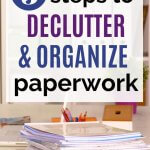
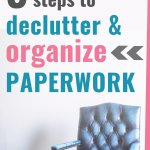



Hi,
I went from a borderline hoarder (collecting anything I could use for a future “project” for the kids, art, classroom, or my kids when they eventually move out, or even move up in size in clothes). I literally had bags of hand me downs saved from friends and never refused an extra whatever it was with the thoughts that we could always use one if ours breaks. Even after a house fire that burned our town house to the ground along with the other 4 in the row back in 2017, I was able to restock to a point that it looked like we had stuff that was collected over years and generations. I would go to thrift shops, garage sales and facebook market place searching for things. It was a sickness. Then before the quarantine, my daughter came home very upset. She is the one of the three daughters of mine who doesn’t have a constellation of special needs. She is super popular and has very wealthy friends who live in big beautiful houses that look like museums. She came home from a playdate complaining that she is embarassed about the piles and piles of things we have and the amount of stuff we have – too many plants, too many picture frames too many colors all over the place, too many dog beds for our one dog, too many framed artwork paintings, etc. She said I can’t have friends here, it is like a crazy place! I was mortified and tried to explain how I was an artist and saw beauty in these things… but I said I would start to purge what we didn’t need. Anyway, that’s how it started, and now after hundreds of bags of stuff donated, we still have so far to go, but it has given us a new feeling of peace that I have never known. I can’t describe the feeling but it is so inspiring to keep going. Anyway, I like your site and it has given me a whole bunch of great ideas – now that we are almost living like normal people! Thank you!
I love that, Laura. Thanks for sharing! And congratulations on all of your progress 🙂
Really, really appreciate this article! So practical and helpful! Thank you!
My biggest paper bugaboo would be a few magazines I want to read but don’t have time at the moment, good articles cut out of magazines that I’d like to have for reference, “sentimental” items ie cards and letters from dear friends and family members, pictures the grandchildren have drawn, photos, etc, etc, etc. ….. miscellaneous things which I would like to keep, but don’t know where they should go.
Hi Anita. I would set myself a deadline for reading through the magazines, so I would prioritize reading them before then or realize it isn’t important to me if I don’t get to them by then. I have one decorative box where I keep my sentimental cards and momentos. I will go through it occasionally to declutter what’s in it and to reminisce.
The best paperwork management tip I was ever taught was to open your mail next to two boxes (mine are A5 footprint – a bit bigger than a shoebox, is the size of a standard European letter paper (A4) folded in half (A5)) – they are a pretty floral design and look great on our bookshelf. Most mail comes as A4 folded to A5 which is why this format is perfect for us.
As I open the mail items either go, into the ‘To Do’ Box or the ‘File’ Box (in truth I have a File Box for me, and one for my other half – so we have three boxes in total). I do this every day for that day’s mail as well as other adhoc things like receipts. So things are filed in date-order (more or less) in the File Box and generally it’s not a problem to find anything as usually you can remember around when you received it. And every month or adhoc I work through the to-do box.
At the end of the year I flick through the File box for each of us and thin it out if necessary and file what needs keeping it in an ‘Year; storage box – for the year. I have 6 storage boxes one for each calendar year required for tax records (we need to keep 7 years worth – so floral box + 6 year boxes achieve that) and at the end of a year spend a happy hour shredding the oldest storage box (with a glass of something lovely to drink) to free it up and shuffle the contents down a year to free up my needed box for the year just ended. In addition to these 6 ‘tax year’ boxes I have two extra boxes ‘Memory/Sentimental’ Box for me and a ‘VIP’ fireproof box for long term items important to keep forever/beyond tax record requirements
This simple tactic has transformed our unbelievably messy domestic paperwork into a really easy to keep on top of system 🙂 and my boxes are nearly 15 years old and have managed 3 house moves. What’s more is it’s really easy to find anything, even my otherhalf can navigate this system without my help 🙂
Love this .. great explanation.. you are my inspiration for my heap of paper.
I placed it in a big Marshall’s / TJ Max bag one weekend we went to my in laws. I thought I’d sort while my husband drove .. I didn’t do it that weekend but ended up losing / leaving it outside when we got to our destination. Everything taken .. I was worried sick about ID theft and also tasked with trying to rebuild & get digital copies of a lot of stuff for our small business taxes. What a sick feeling. I swore I was going to find a method to stay on top of paper clutter. It exhausts me just looking at it, and every evening when I get home from my full time day job I swear I’m going to tackle it and stop it from accumulating.
I’m going to use your method my next stop at the mailbox, which will prompt me from cruising along and tackling the pile into organized files.
Thanks again.
All of the above comments have been so helpful. As an overwhelmed paper hoarder who just didn’t know where to start, your tips have helped!
There’s just one vital piece of information I would like to begin with:
Is there a site or link which has accurate info on how long to keep the following :
1. Medical records – test results, lab results,surgeries, medical history etc
2. Bank statements, credit reports, tax records, social security statements, investment reports, etc
3. Vehicle papers- insurance, car titles, taxes paid, etc.?
Anything, links, web pages, even names of entities or professionals would help!